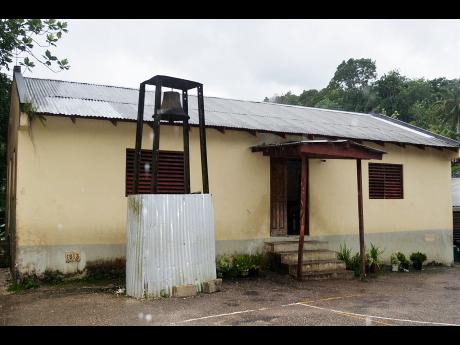Community Focus: Haddo, a pleasant relic of the past
Many years ago, Haddo in Westmoreland was a thriving sugar-growing community. However, today, it is a quiet little town with major limitations and very little claim to fame.
Haddo first came to historical attention in 1893 when Jesuit missionary Joseph Sydney Woollett made note of riding through the area on a trip to Savanna-la-Mar. In those years, the community's lands were used for sugar cultivation and cattle rearing. Haddo Pen Estate, which reportedly had more than 1,000 acres of land, appeared on a list of local estates that was published in 1912.
Today, the economic situation in the small farming district is a far cry from what it was in its glory days of sugar. Its local supermarket is the only major business in the community, which has several roadside stalls.
LANDMARKS
While Haddo has very few historical landmarks of significance, one of its most cherished sites is the local Methodist Church, which has been serving the district since 1913.
Interestingly, sugar cultivation and relics of the slavery era are not Haddo's only claim to fame. A few years ago, limestone from the area was used in the construction of Emancipation Park, which was opened in New Kingston in 2002.
For Worrell King, of King of Kings Promotions fame, Haddo means much more to him than just the place he was born. He wants to see the residents, especially the children, evolve into citizens of worth.
"Every Easter, I go there (the school) and sit with the kids and reason about life. And at the end, I share bun and cheese and ice cream with them," said King. "I brought in the bulldozer that was used to create the playing field because I want the children to get an opportunity to become the best they can in the various spheres of life."





































